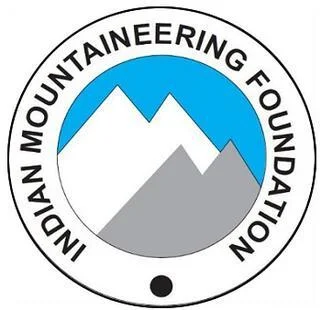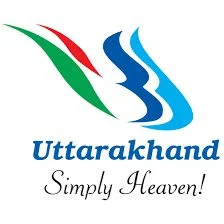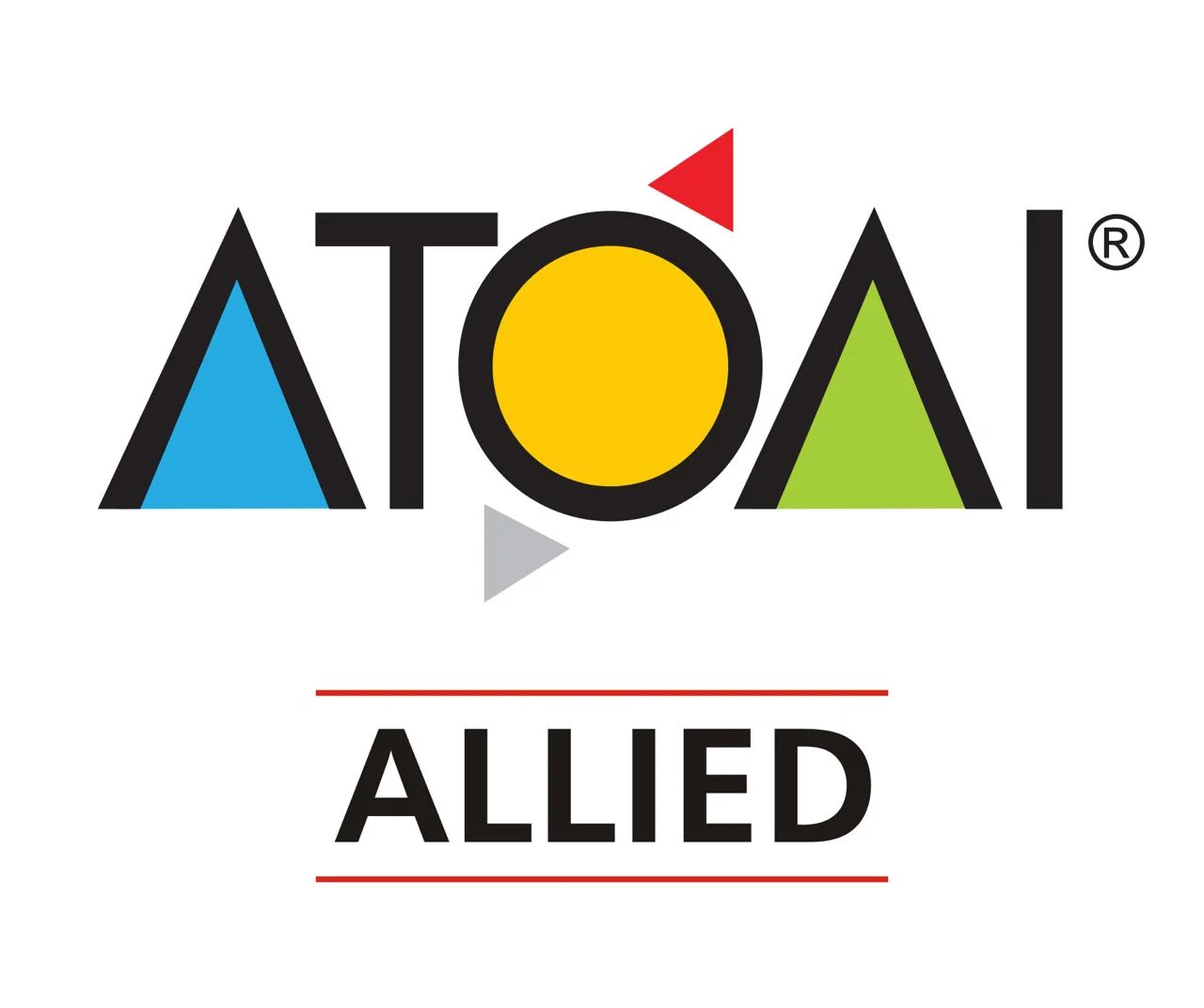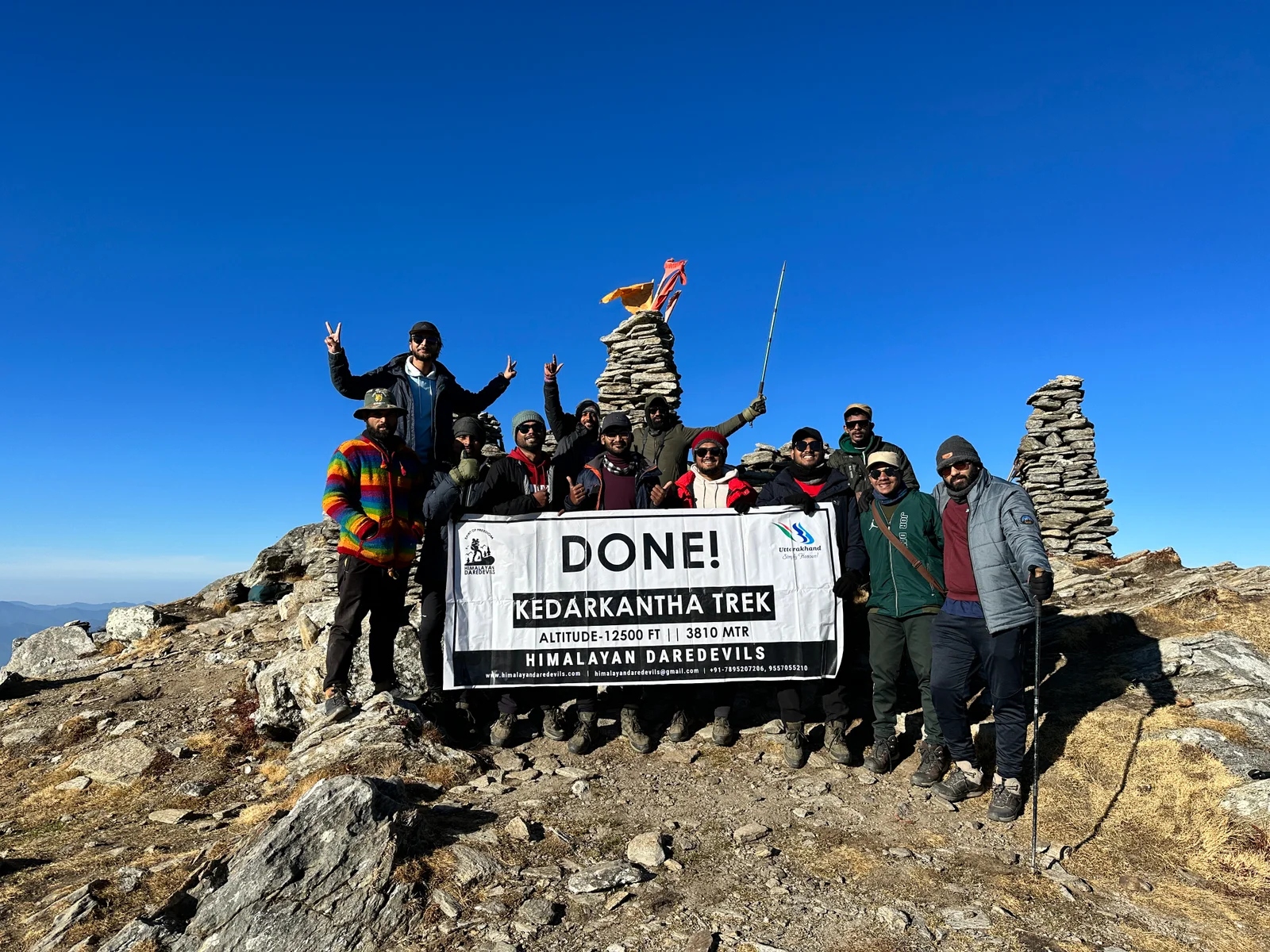Starting From
9,198
7,999.00
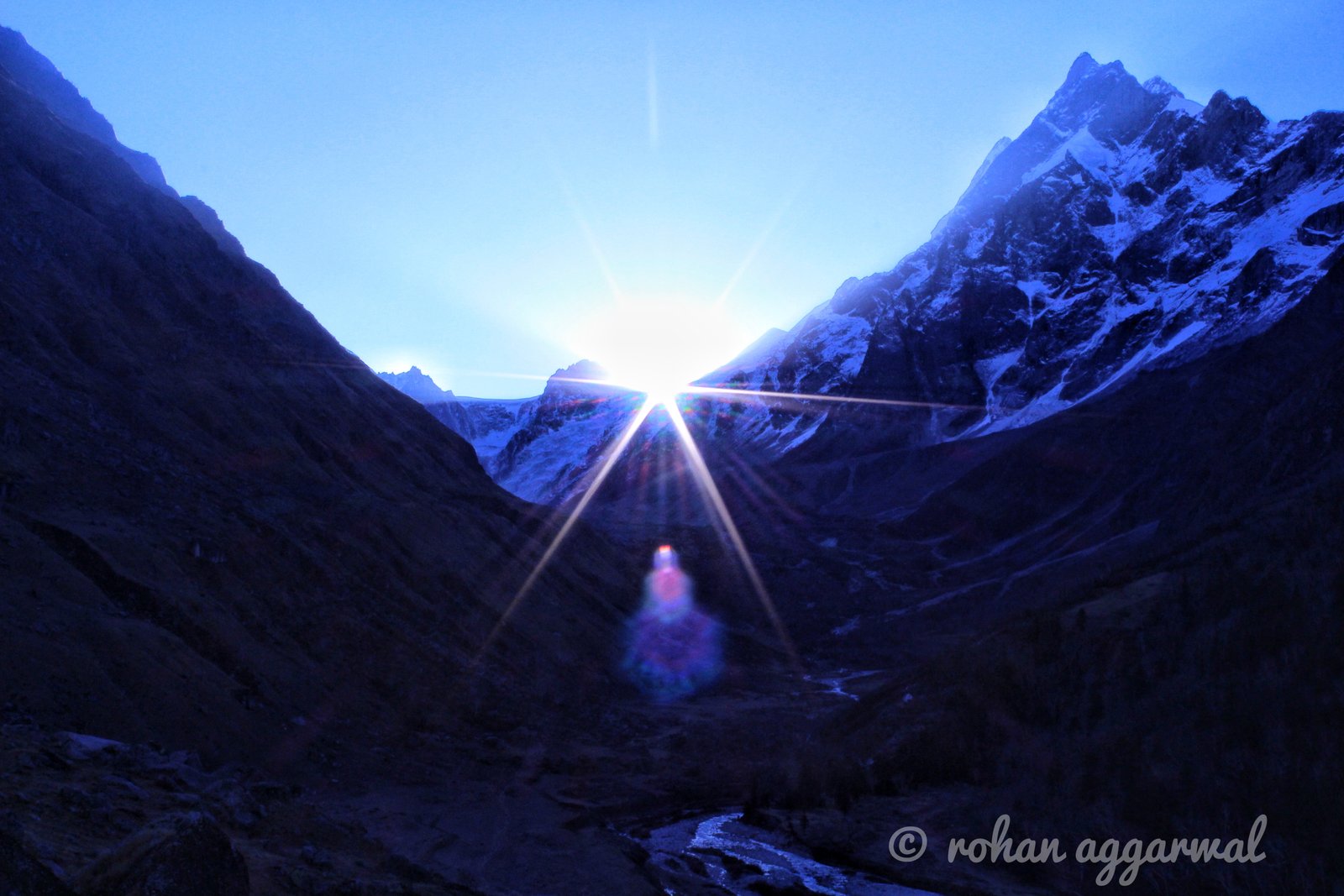
Starting From
9,199
7,999.00


Starting From
9,199
7,999.00
Indrahar Pass Trek (154+ Reviews)
The trek starts and ends in McLeodganj
Pathankot Railway Station
Kangra Airport (Dharamshala Airport)
McLeodganj
June, July, August, September
McLeodganj to McLeodganj
Veg
Camping
Himachal Pradesh
4 Days
Moderate
14245 Ft
35 Km
Overview
Indrahar Pass is a mountain pass in the Dhauladhar range of the Himalayas. Located at an altitude of 4342 metres/14,245 ft above the mean sea level, near the tourist town of Dharamshala in Himachal Pradesh. Indrahar pass forms the border between Kangra and Chamba districts. The trek starts from the small town, Mcleodganj, situated in the outskirts of Dharamshala and goes up to Indrahar Pass. The trail passes through the famous Triund, Ilaqa Pass and Lahesh Caves. The ridges over the Dhauladhar do not lend themselves to easy trekking. Trek to the Indrahar pass is no exception, even though it follows one of the more established trails used by the Gaddi shepherds en route to their summer grazing pastures in the upper Ravi Valley and Lahaul. The ascent to the Indrahar Pass involves a continual climb often over scree or boulders which needs a good fitness level even though it is an easy trek ideal for both beginners and experienced trekkers alike. In the south are spectacular views of the Indian plains; to the north is the sacred peak of Mani Mahesh Kailash and the snowcapped Pir Panjal Range.
Itinerary
Today we start the trek from McLoedganj to Triund covering a total distance of 9 km. The Indrahar Pass trek goes through a mixed forest of oak, rhododendron and deodar trees. First two Kilometers of the trail is a steep ascent but there is a gradual ascent after Galu Devi Temple. The last 1 kilometer is again a steep ascent through the forest taking you to Triund which is a flat meadow on top of a ridge. From here panoramic view of Dhauladhar range on one side and Kangra valley on other is a memorable sight. We camp here for the night. Have dinner and retire for the night. Overnight in tents.
On this day, wake up early in the morning as the view from Triund is magnificent at this time. Take a deep breath and absorb the view of mighty Dhauladhar ranges shining through the mesmerizing sunrise. After breakfast, start your trek to Laka Got which will take around 3 to 4 hours to reach. The first milestone in today’s trek is Snowline Cafe, which is around 2 km from Triund and then comes Laka Got. From here, traverse a ridge to reach Laka Got. Laka Got is situated at the snout of a small glacier, which is full of snow and ice in early summer, and the snow melts away during the monsoon. This is our campsite for the night. Have dinner and retire early since tomorrow you will cross the Indrahar Pass. Overnight stay in tents.
Today we cross the mighty Indrahar Pass. Make sure you begin your trek early in the morning. The distance is the longest today and it is also the most difficult part of the entire trek. So be mentally prepared. The total distance for this day trek is around 12 km and it takes around 6 hours to reach the top, i.e., Indrahar Pass and another 4 hours to come down to Ilaqa Pass. The route from Ilaqa Pass to Indrahar Pass is steep and is completely uphill. The difficulty level varies from moderate to strenuous. There is no vegetation here and the terrain is mostly rocky. The trail leading towards Indrahar Pass from Lahesh Caves is a bit confusing as well. However, with an experienced guide, there will not be any problem. After reaching Indrahar Pass, spend some time there and experience a majestic view of higher ranges and valleys. Make sure you start descending soon enough in order to reach back by afternoon. Do an overnight stay at Laka Got.
Start trek in the morning after breakfast and have your lunch at Triund. From Triund, take caution while coming down as the trail is rocky. You don’t want to slip and get your ankle twisted here. It is advised to trek at a normal pace. After reaching Mcleodganj, you can either explore Mcleodganj and its nearby places such as Bhagsunath waterfalls, Namgyal Monastery, and Dal Lake or you can take an overnight direct bus to Delhi.
Indrahar Pass Trek Map

Inclusions
Exclusions
1. Meals while on trek (Veg.).
2. All necessary entry fees and permits.
3. Accommodation:- Guest house / Camping during Trek.
4. Mountaineering qualified & professional trek Leader, guide, cook, and Support staff.
5. First aid medical kits, stretcher, and oxygen cylinder.
6. Trek equipment: Sleeping bag, mattress, tent, kitchen & dining tent, toilet tent, utensils, and crampon (if required)
7. Staff Insurance.
8. Porters/mules to carry central equipment.
1. Any kind of personal expenses.
2. Food during transit.
3. Mules or porters to carry personal luggage.
4. Insurance.
5. Transport (Non Ac)
6. Any kind of emergency evacuation charges
7. 5% GST
8.Any expense incurred or loss cost by reasons beyond our control such as bad weather, natural calamities (landslides, floods), flight delays/rescheduling/ cancellations, any accidents/medical evacuations, riots/strikes/war/pandemics etc.
9. Anything not specifically mentioned under the head.
1. Meals while on trek (Veg.).
2. All necessary entry fees and permits.
3. Accommodation:- Guest house / Camping during Trek.
4. Mountaineering qualified & professional trek Leader, guide, cook, and Support staff.
5. First aid medical kits, stretcher, and oxygen cylinder.
6. Trek equipment: Sleeping bag, mattress, tent, kitchen & dining tent, toilet tent, utensils, and crampon (if required)
7. Staff Insurance.
8. Porters/mules to carry central equipment.
1. Any kind of personal expenses.
2. Food during transit.
3. Mules or porters to carry personal luggage.
4. Insurance.
5. Transport (Non Ac)
6. Any kind of emergency evacuation charges
7. 5% GST
8.Any expense incurred or loss cost by reasons beyond our control such as bad weather, natural calamities (landslides, floods), flight delays/rescheduling/ cancellations, any accidents/medical evacuations, riots/strikes/war/pandemics etc.
9. Anything not specifically mentioned under the head.
What to carry
- Trekking shoes: A good pair of trekking shoes is essential for a comfortable and safe trek. Look for shoes that are sturdy, provide good ankle support, and have a good grip on different types of terrain.
- Backpack with rain cover (50-60 ltr): A backpack is necessary to carry all your gear. Make sure it's the right size for your trek, and comes with a rain cover to keep your belongings dry in case of rain.
- Thermals (upper and lower): Thermals are lightweight and comfortable base layers that help regulate your body temperature in cold weather. Bring both upper and lower thermals to keep warm.
- 3 T-shirts (advisable quick dry): Choose quick-drying T-shirts made from breathable and moisture-wicking materials. This will help keep you cool and dry during your trek.
- 2 trek pants: Choose lightweight and comfortable trek pants that are easy to move in and can dry quickly if wet.
- Jacket (-10 degrees): A warm jacket is essential for cold weather. Choose a jacket that is waterproof and windproof, and provides good insulation.
- Fleece or hood (2): Fleece jackets or hoodies are great mid-layer options to keep warm. Bring at least two, as they can also be used as an extra layer at night.
- Sunglasses (UV protected): Protect your eyes from the sun's harmful UV rays with sunglasses that are designed for outdoor activities.
- Sun cap: A sun cap or hat with a brim will protect your face and neck from the sun.
- Hand gloves: Bring a pair of lightweight gloves to keep your hands warm and protected from wind and sunburn.
- Woolen cap: A woolen cap will keep your head and ears warm at night or in cold weather.
- Socks (3 pairs min): Bring at least three pairs of good quality socks that are moisture-wicking and provide good cushioning and support for your feet.
- Headlamp: A headlamp will come in handy if you're hiking in low-light conditions or need to find your way in the dark.
- Trekking pole (if needed): Trekking poles can help reduce strain on your legs and provide additional support on steep terrain.
- Rain cover\poncho: A rain cover or poncho will keep you and your gear dry during unexpected rain showers.
- Day pack (if you plan to offload your bag): If you plan to offload your backpack during the trek, bring a smaller day pack to carry essentials like water, snacks, and a first aid kit.
- A toiletry kit: Bring a small kit with personal hygiene items, such as a toothbrush and toothpaste, wet wipes, hand sanitizer, and toilet paper.
- Lunchbox, cup, spoon: If you plan to bring your own food, bring a lunchbox, cup, and spoon to carry and eat your meals.
- 2 one-liter bottles: Staying hydrated is crucial, so bring at least two one-liter bottles to carry water.
- 2-3 plastic covers to keep your wet or used clothes: Plastic bags are useful for keeping wet or dirty clothes separate from the rest of your belongings. They can also be used to pack out any trash or waste you generate during the trek.
How to reach
Railway
For the Indrahar Pass trek, the nearest railway station is Pathankot, which is about 90 kilometers (56 miles) from McLeod Ganj, the base for the trek.
Airport
The nearest airport to the Indrahar Pass trek starting point in McLeod Ganj is Kangra Airport (Dharamshala Airport), approximately 18 kilometers (11 miles) away.
Fitness and preparation guide for Indrahar Pass Trek
We recommend jogging as the best routine to get fit for a trek. It works on the same muscles that you use while trekking — your calves, glutes and hamstrings. It helps increase your stamina day by day. It is also an easy routine that does not require any equipment or tools.
Fitness target:
To do this trek comfortably, you must be able to cover 5 km in under 35 minutes. This is the minimum fitness required for this trek.
How to achieve this fitness?
- Start jogging at least 4 days a week
- If you cannot run 5 km immediately, start with 2 km and increase to 5 km over 2-3 weeks.
- Once you’re able to run 5 km, increase your pace day by day.
- Gradually increase your pace and bring it down to 5 km in less than 35 mins.
- You must be able to run 5 km in 35 mins consistently for at least 2 weeks before the trek.
This trek requires at least 6-8 weeks of preparation. The longer, the better. So plan your trek soon and start preparing.
Cancellation policy
Life is unpredictable and we understand sometimes you have to cancel or change your trip dates and it is our endeavour to make it as easy possible for you. However, please understand we plan everything including guide fees, permits, accommodation and ration in advance. Therefore any cancellation means inconvenience and certain losses to the people involved in various stages of programme. Keeping that in mind, our cancellation charges are as below-
Cancellation prior to 30 days from start of the event: Get monetary refund with 15% of cancellation charges on trek fee.
Cancellation between 30 days and 15 days to the start of event: 50% on trek fee is non refundable and the remaining 50 % will be given as cash voucher which is valid for 1 year.
Cancellation less than 15 days to the start of event: No refund.
Please note cancellation will be only accepted by email.
Booking amount is non refundable
Note: The Himalayan Daredevils reserves the right to cancel a programme before departure in the event of logistical problems arriving due to natural calamities, strikes, wars on any other circumstances that makes the event inadvisable. In this case, 50% on trek fee is non refundable and the remaining 50 % will be given as cash voucher which is valid for 1 year.
Itinerary changes & trip delays:
We plan itineraries based on the information at the time of planning and in rare circumstances, there are subject to change. In the event that the itinerary is changes or delayed due to unforeseen circumstances such as bad weather conditions, transportation delays, government intervention, landslides etc. We will always aim to give you the best experience possible. However The Himalayan Daredevils are not be held responsible for the cost of delay or changes.
Why Choose Us
